The Genesee River is a cornerstone of the Rochester Community. On the brink of collapse in the 1970s, parts of the river were put on an EPA Area of Concern listing to help mitigate issues with human use of the river (swimming, drinking, and eating fish from). Since being listed, the river has reversed course and is now considered a healthier ecosystem. In 2015, the Zoo conducted a biosurvey to look at the small things in the river, discovering a variety of resilient diverse wildlife.
Continuing to tell the story of the Genesee through the wildlife found there, the Zoo’s Urban Ecologists, a 2-year workforce development program in partnership with the City of Rochester, spent time this summer using eDNA technology to test the river and its tributaries to look for the elusive North American river otter. The Zoo has long been involved in North American river otter conservation, starting in the 1980s assisting with translocating otters, which were regionally extinct. The current eDNA project builds on more than thirty years of work saving otters. The river otter is a bioindicator. Their presence in a river or tributary can help gauge ecosystem health. By using this cutting-edge technology, the Zoo’s Urban Ecologists can blend traditional scientific techniques to target waterways to test. Using a water sample, scientists will look for remnants of otters, helping us provide vital science on the success of the otter reintroduction campaign the zoo was a part of in the 1990s.
Environmental DNA, or eDNA for short, is a tool for scientists who want to know what animals are living in places like rivers, lakes, or forests without seeing them. Imagine every time an animal swims in the water, walks on the ground, or flies in the air, it leaves tiny bits of itself behind, like scales, feathers, or even just bits of skin. These tiny bits contain DNA, which is like a special code that tells us which animal it came from. Scientists can collect water from a river or soil from the ground, or even air with a vacuum and use special tools to identify DNA in it. They then match the DNA to different animals, kind of like solving a puzzle, to figure out what animals are living there. It’s a way to learn about animals that are hard to find or see, and it helps us know how to protect them and their homes. This works because every animal has its own unique DNA code, so scientists can tell exactly which animals have been in that area, just from those tiny bits they left behind!
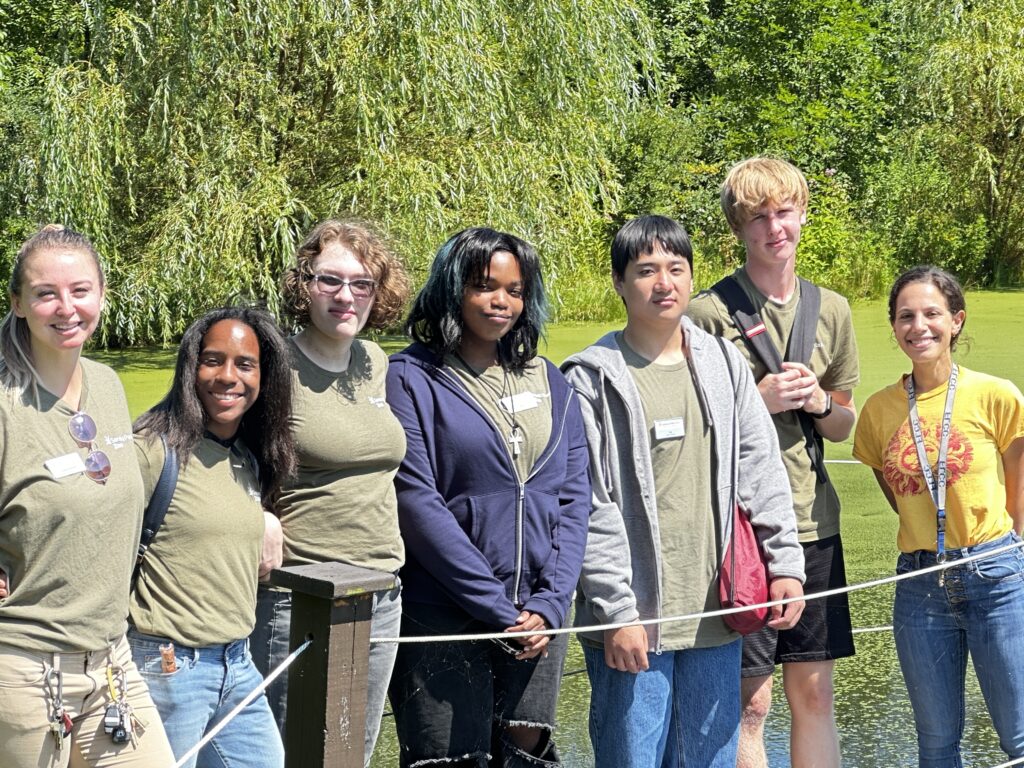
In 2023, Seneca Park Zoo’s Urban Ecologists learned about the ecology of local river otters and the conservation efforts that brought them back from extinction locally, returning them to the watersheds of Western NY and our own Genesee River. This research led to interest in the study and observation of their current presence. The Urban Ecologists wanted to learn where river otters are living and traveling to. To achieve this, camera traps were deployed around Rochester. No evidence of river otters was seen on our cameras, so the Zoo has begun employing eDNA technology to study them. Environmental DNA (or eDNA) to analyze for otter species present in our waterways. This past winter, the Urban Ecologists met Conservation Biologist Mai Fahmy, who spoke to them about her research that is centered on the use of eDNA for applications in conservation. Over the summer, Urban Ecologists were tasked with going to local waterways, collecting samples of water with eDNA kits that were created specifically to detect river otter DNA, then send the kits off for discovery. Members of the Great Lakes Action Agenda Workgroup were asked to nominate sites where otters were observed.
In August 2024, Urban Ecologists traveled to Finger Lakes Community Colleges’ Muller Field Station, located on a 48 acre property at the end of Honeoye Lake. It sits upon the traditional lands and waters of the Seneca Nation, next to the New York State Department of Environmental Conservation’s Honeoye Lake Wildlife Management Area. The Honeoye Lake watershed is a mosaic of 40 natural communities and a home to over 1,200 species of trees, plants, fish, amphibians, insects, birds, and mammals.
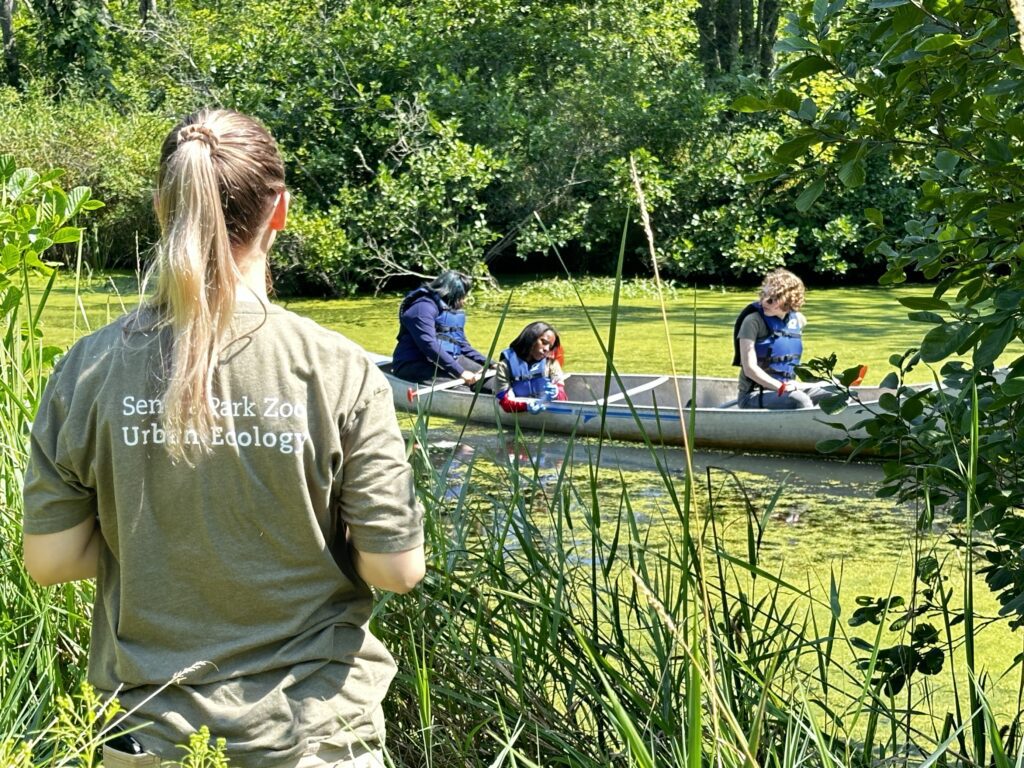

Urban Ecologists toured the field station, learning about the work FLCC does. They then took canoes out onto the swamp and sampled the water using JonahWater eDNA kits with the goal of identifying the presence of North American river otters. The data that is found will now be shared with conservation partners like the DEC. For most of our young Urban Ecologists, this was their first experience with field work and data collection. If the study is successful, this could give our UE’s the potential to be involved in future studies and published research. This work provides hands on experience UEs will share with the public through presentations to local recreation centers and to Zoo guests through our nature cart.
By Beth LaPierre, Director of Marketing and Communications

